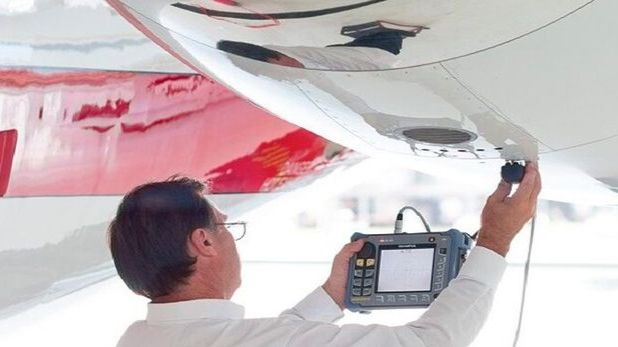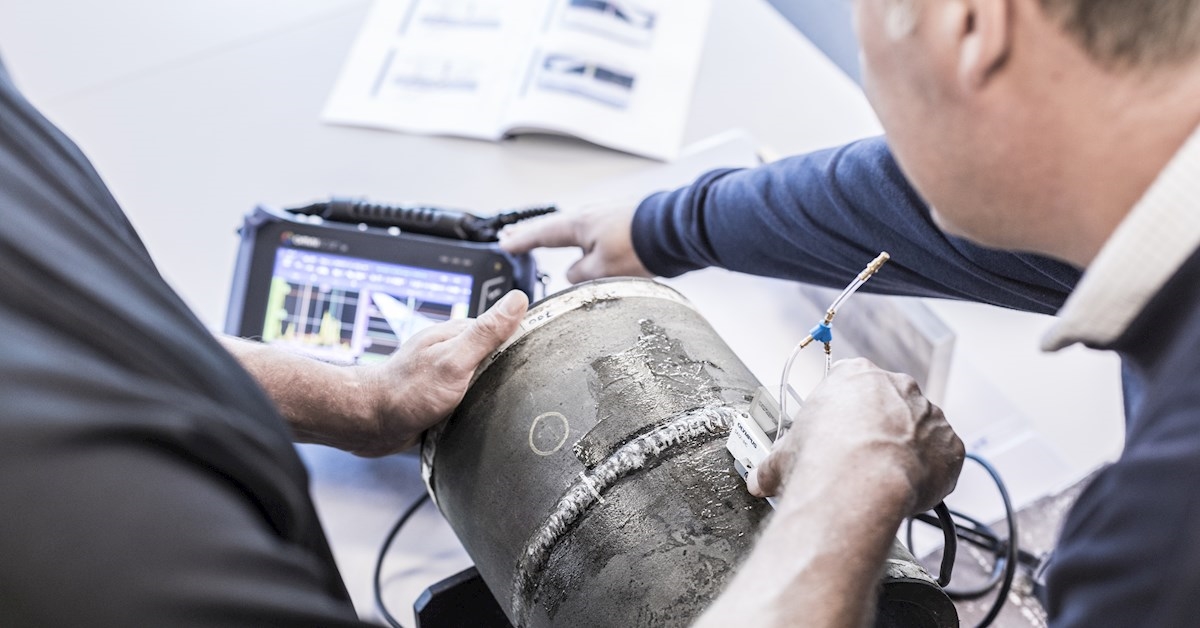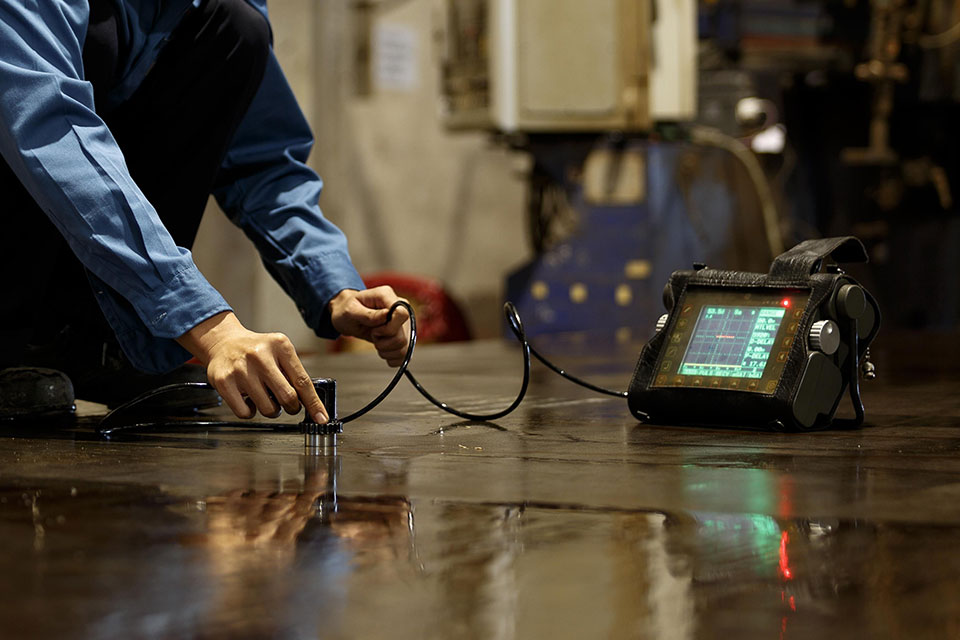In the realm of industrial quality assurance, the choice between single frequency vs multi frequency inspection plays a critical role in determining the effectiveness and efficiency of inspection processes. With advancements in technology, industries are increasingly adopting sophisticated inspection methods to ensure product quality and safety. This article delves into the nuances of single and multi-frequency inspection, providing insights into their applications, benefits, and drawbacks.

Understanding Frequency in Inspection
Before exploring the differences between single and multi-frequency inspection, it’s essential to grasp the concept of frequency in inspection tools. Frequency refers to the rate at which an inspection system operates to detect flaws or inconsistencies in materials or products. For a more detailed understanding, you can read more about frequency in inspection tools.
What is Single Frequency Inspection?
Single frequency inspection employs a single, consistent frequency to assess materials or products. This method is straightforward and is typically used in scenarios where the inspection requirements are less complex. It is often preferred for its simplicity and cost-effectiveness.
Applications of Single Frequency Inspection
Single frequency inspection is commonly used in industries such as manufacturing, where products require quick checks for basic compliance. This method is effective for detecting surface-level defects and ensuring that products meet specific standards.
Benefits of Single Frequency Inspection
- Simplicity: Easy to set up and operate.
- Cost-Effective: Requires less investment in equipment and training.
- Quick Results: Ideal for rapid inspections.
Drawbacks of Single Frequency Inspection
- Limited Depth: May not detect deeper flaws.
- Less Versatile: Not suitable for complex materials.
What is Multi Frequency Inspection?
Multi frequency inspection utilizes multiple frequencies to examine materials or products, allowing for a more comprehensive analysis. This method is advantageous in situations where detailed inspections are necessary.
Applications of Multi Frequency Inspection
Multi frequency inspection is widely used in industries such as aerospace and automotive, where the integrity of materials is critical. It is particularly effective for detecting both surface and subsurface defects.
Benefits of Multi Frequency Inspection
- Comprehensive Analysis: Capable of detecting both surface and deeper flaws.
- Increased Versatility: Suitable for a wide range of materials.
- Enhanced Accuracy: Provides detailed inspection results.
Drawbacks of Multi Frequency Inspection
- Complexity: Requires more sophisticated equipment and training.
- Higher Cost: More expensive due to advanced technology.
Choosing Between Single and Multi Frequency Inspection
The decision between single and multi-frequency inspection depends on various factors, including the complexity of the inspection requirements, budget constraints, and the specific industry needs. Industries must weigh the benefits and drawbacks of each method to determine the most suitable approach for their quality assurance processes.
Recent Advancements in Inspection Technology
Recent technological advancements have significantly improved the capabilities of both single and multi-frequency inspection methods. Innovations in synchronization of optical inspection devices have enhanced the accuracy and speed of inspections, making them more reliable and efficient.
Integration of Inspection Methods
Many industries are now integrating both single and multi-frequency inspection methods to maximize their inspection capabilities. By combining these approaches, companies can achieve a balance between cost and thoroughness, ensuring comprehensive quality assurance.
Future Trends in Inspection Technology
As technology continues to evolve, the future of inspection technology is poised to bring even more sophisticated solutions. The incorporation of artificial intelligence and machine learning into inspection systems is expected to further enhance the precision and efficiency of inspections.
Conclusion
In conclusion, the choice between single frequency vs multi frequency inspection is crucial for industries aiming to maintain high standards of quality assurance. Both methods have their unique advantages and limitations, and the right choice depends on the specific needs of the industry. By staying informed about the latest advancements and trends, industries can make educated decisions to optimize their inspection processes.

FAQs
What is the difference between single and multi-frequency inspection?
Single frequency inspection uses one frequency for detection, while multi-frequency inspection uses multiple frequencies for a more detailed analysis.
Which industries benefit most from multi-frequency inspection?
Industries such as aerospace and automotive benefit from multi-frequency inspection due to their need for detailed and comprehensive analysis of materials.
Are there any cost implications between the two methods?
Yes, multi-frequency inspection is generally more expensive due to the advanced technology required, whereas single frequency inspection is more cost-effective.
For further reading on inspection frequencies, you can explore external resources like inspection frequencies and determining inspection frequency for oil and gas assets.
This article contains affiliate links. We may earn a commission at no extra cost to you.
